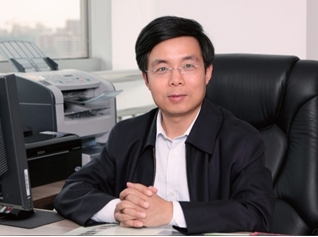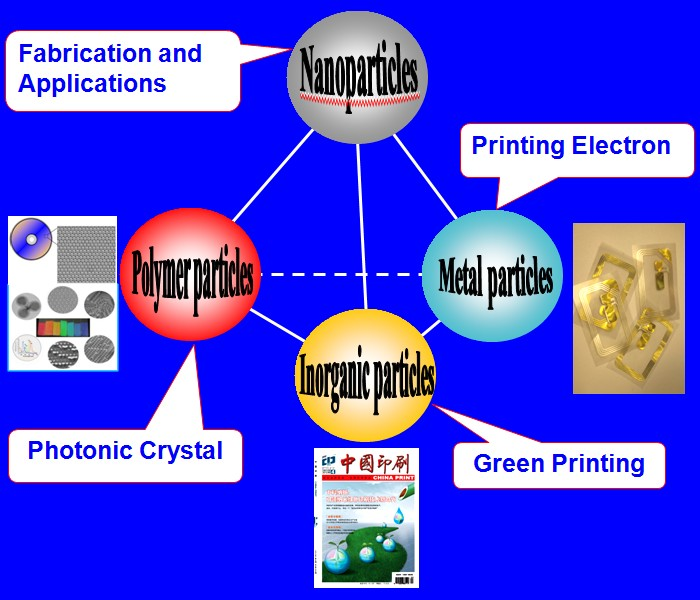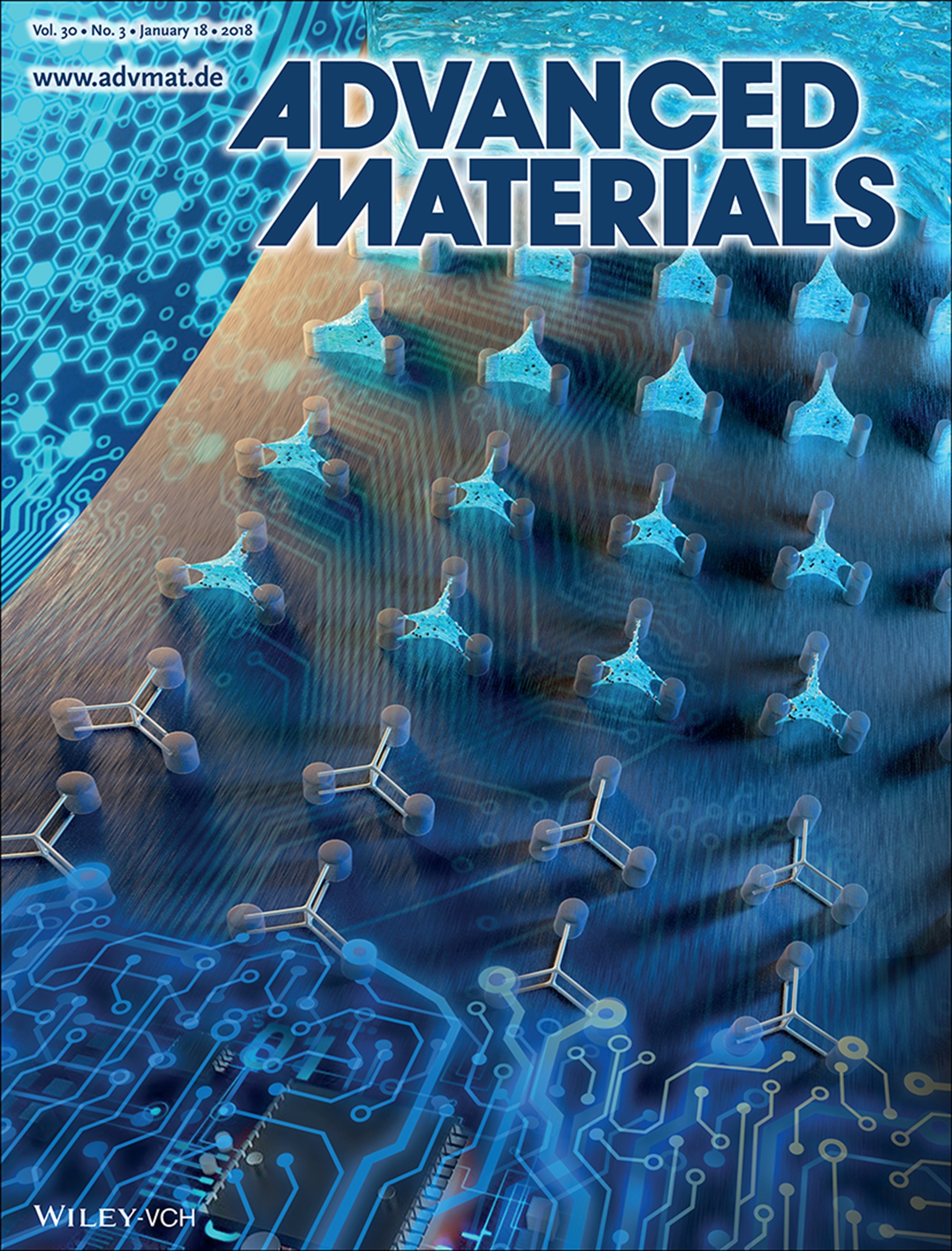 Contact Information
Contact Information
Prof. Yanlin Song
Address: Institute of Chemistry, Chinese Academy of Sciences
TEL: 86-10-62529284
FAX: 86-10-62529284
Email: ylsong@iccas.ac.cn
 Reaserch News
Reaserch News
A 3D liquid self-shaping strategy is reported for rapidly patterning materials over a series of compositions and accurately achieving micro- and nanoscale structures. The predesigned template selectively pins the droplet, and the surface energy minimization drives the self-shaping processing. The as-prepared 3D circuits assembled by silver nanoparticles carry a current of 208–448 μA at 0.01 V impressed voltage, while the 3D architectures achieved by two different quantum dots show noninterfering optical properties with feature resolution below 3 μm. This strategy can facilely fabricate micro-nanogeometric patterns without a modeling program, which will be of great significance for the development of 3D functional devices.
 New Research
New Research
内容



